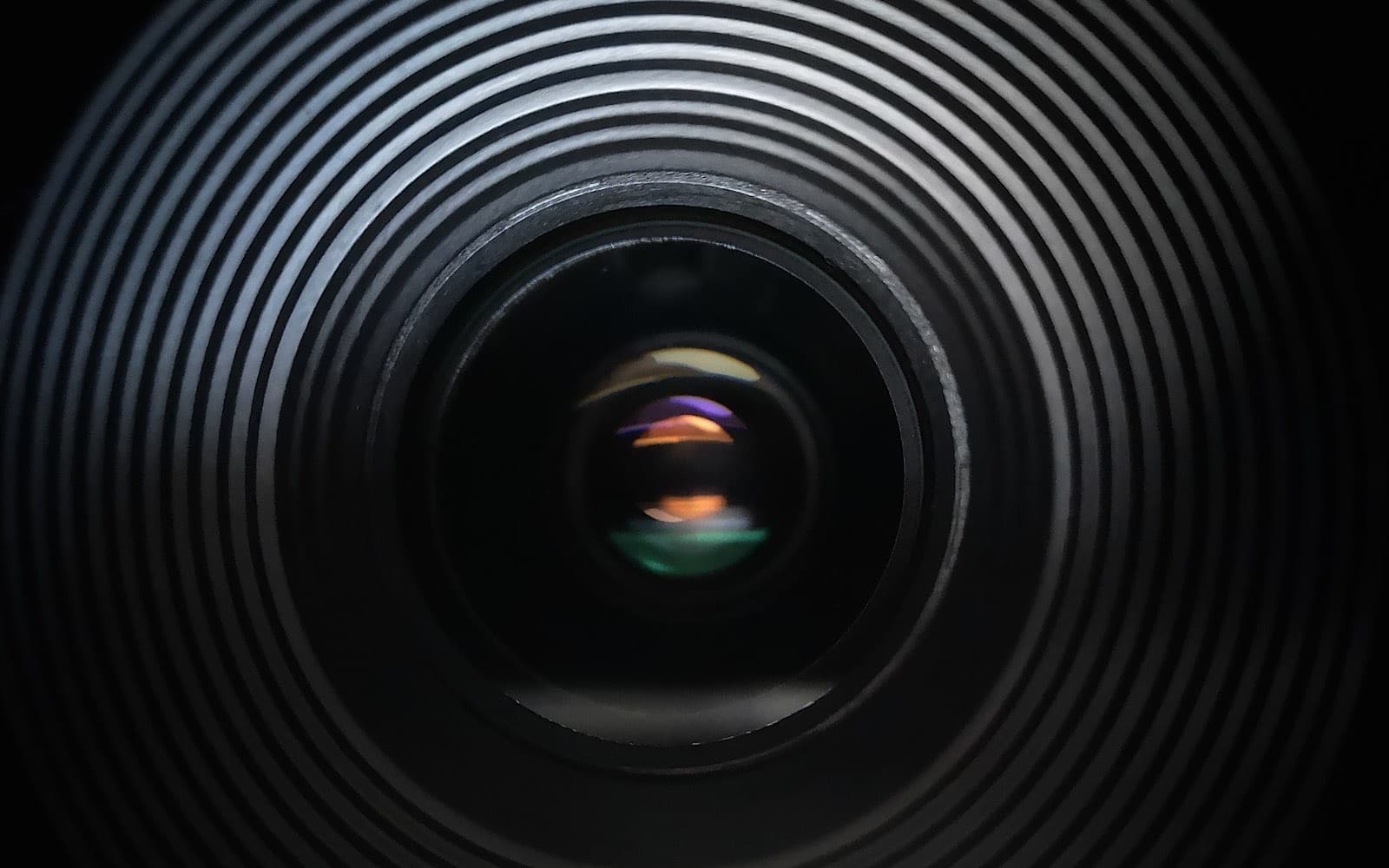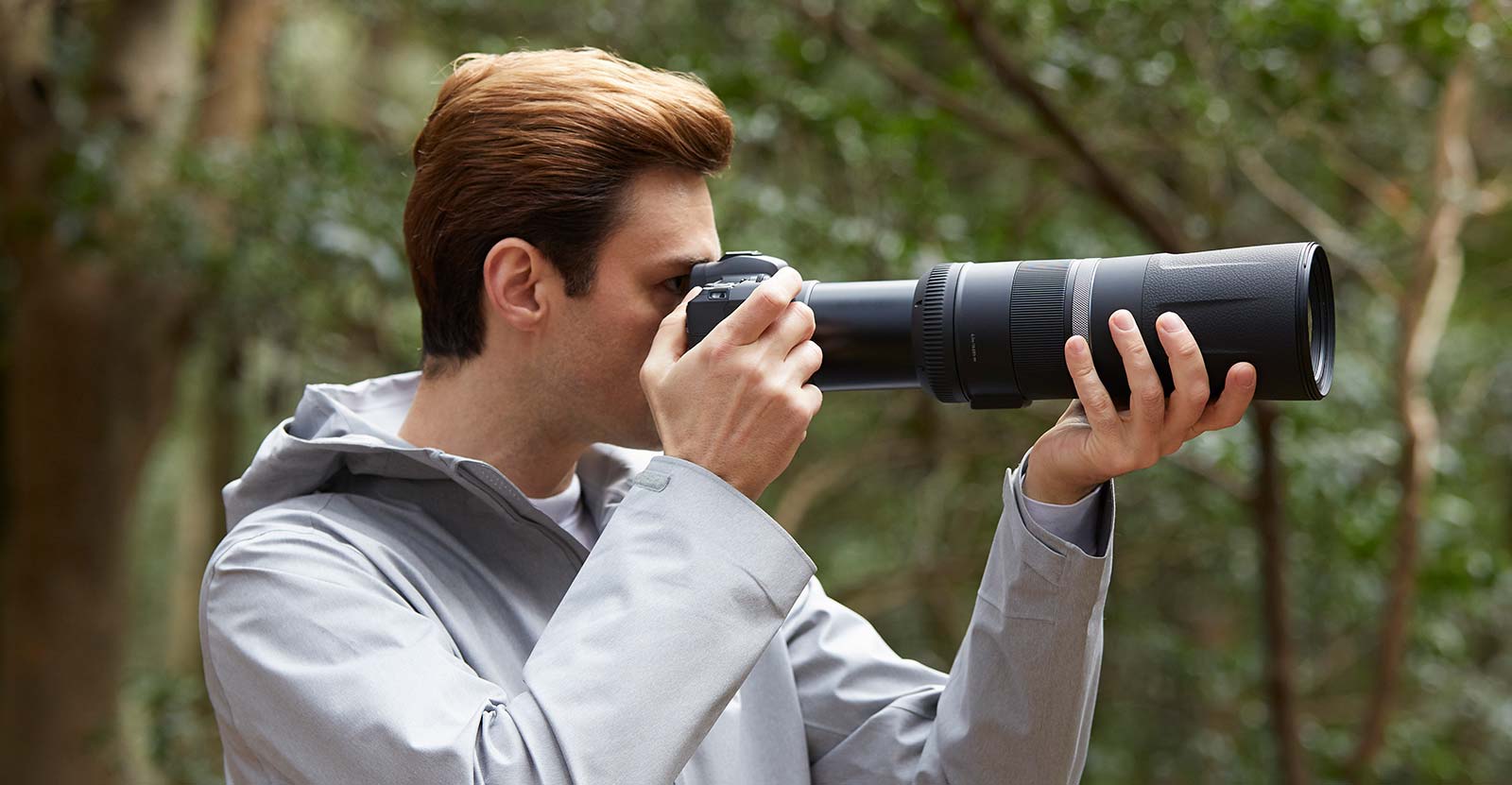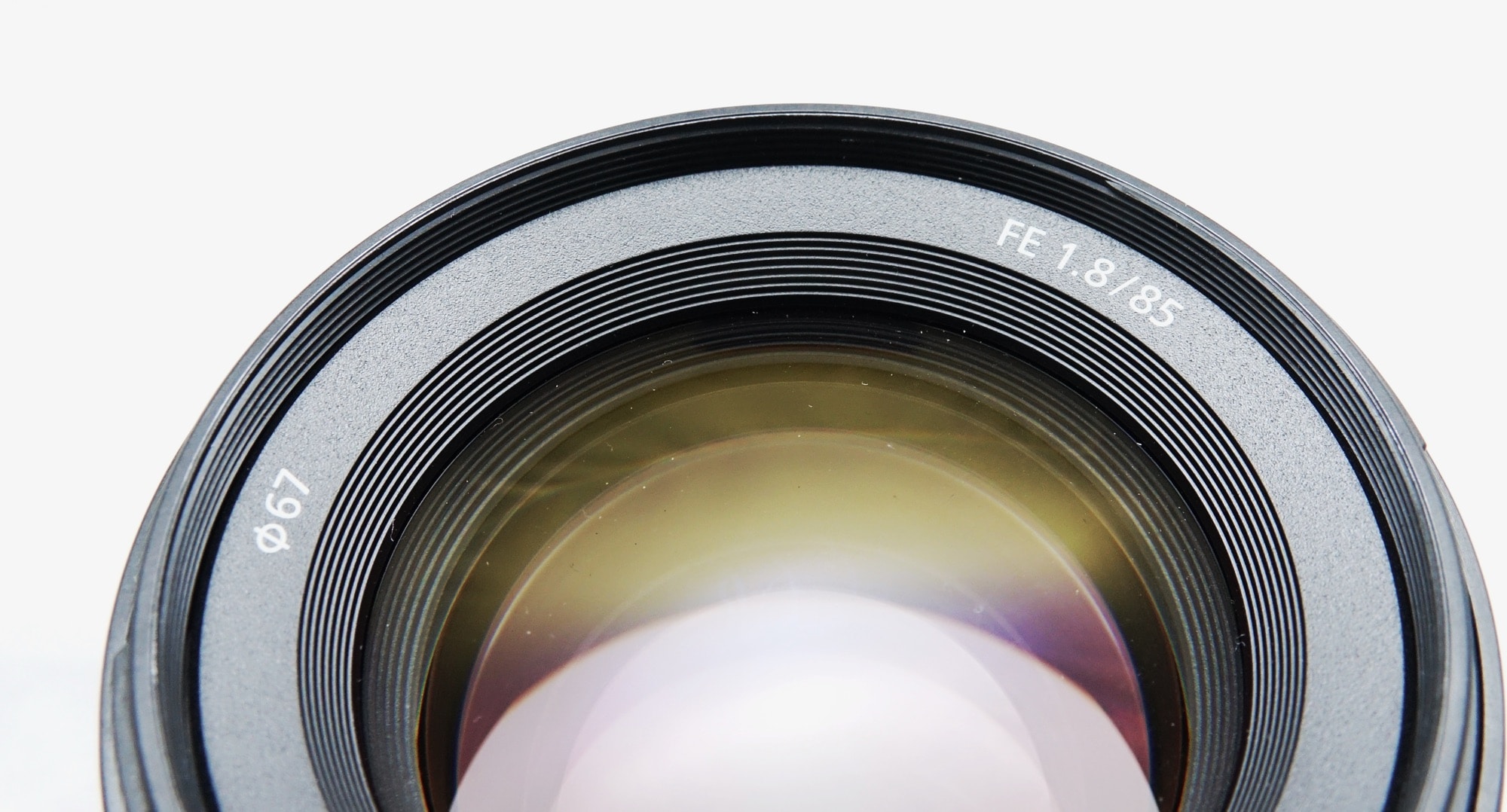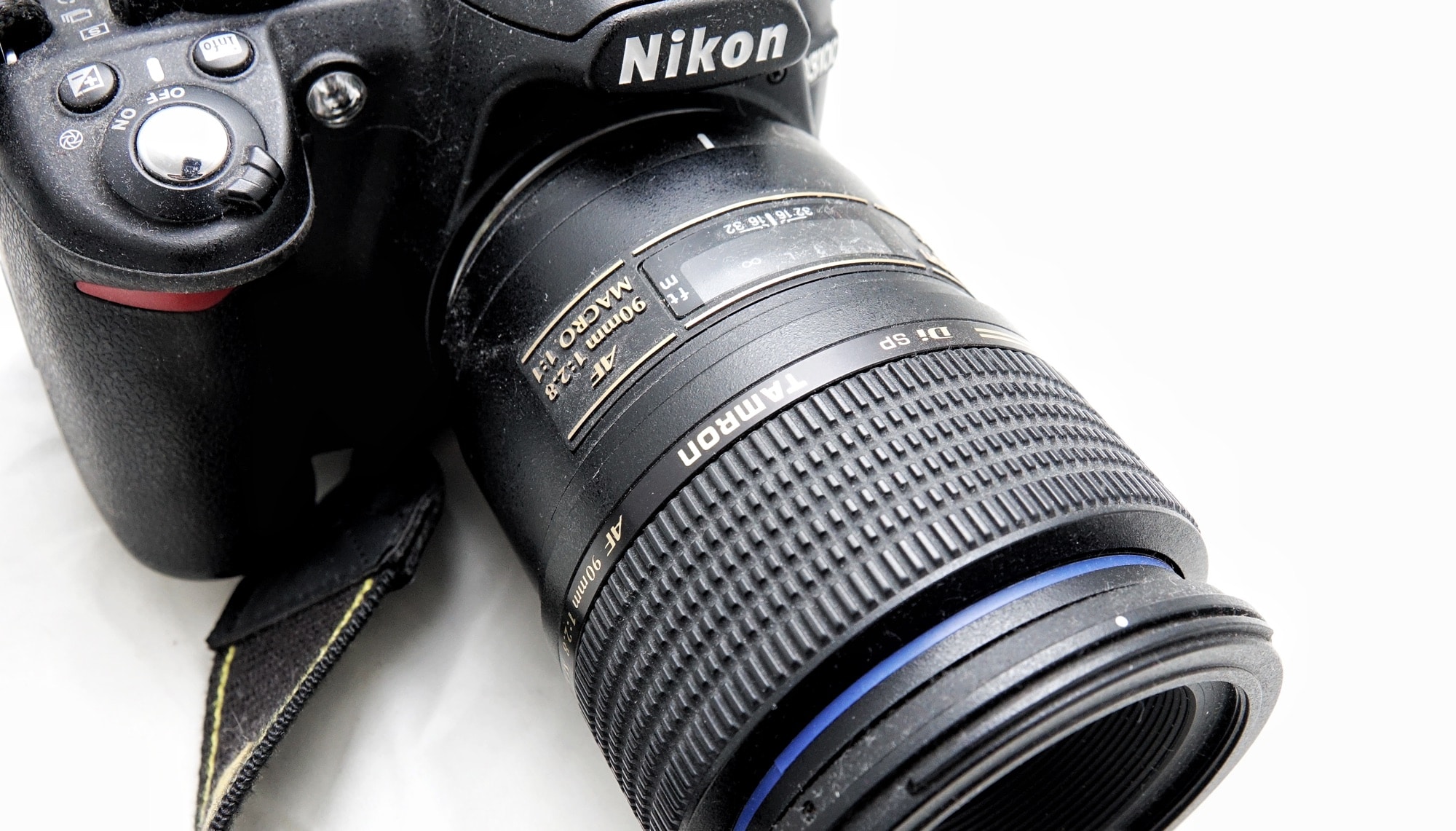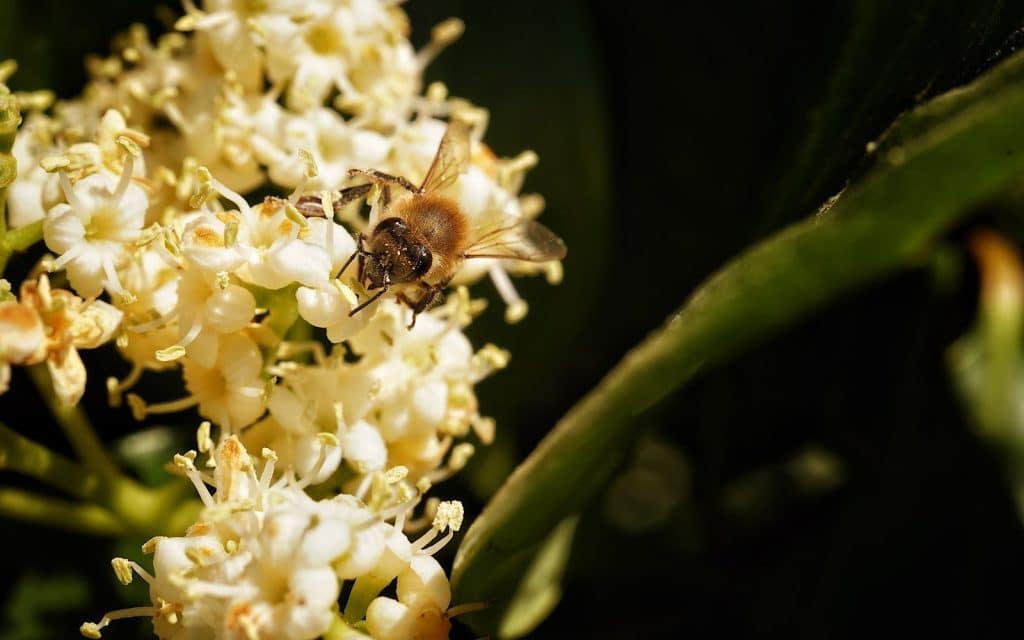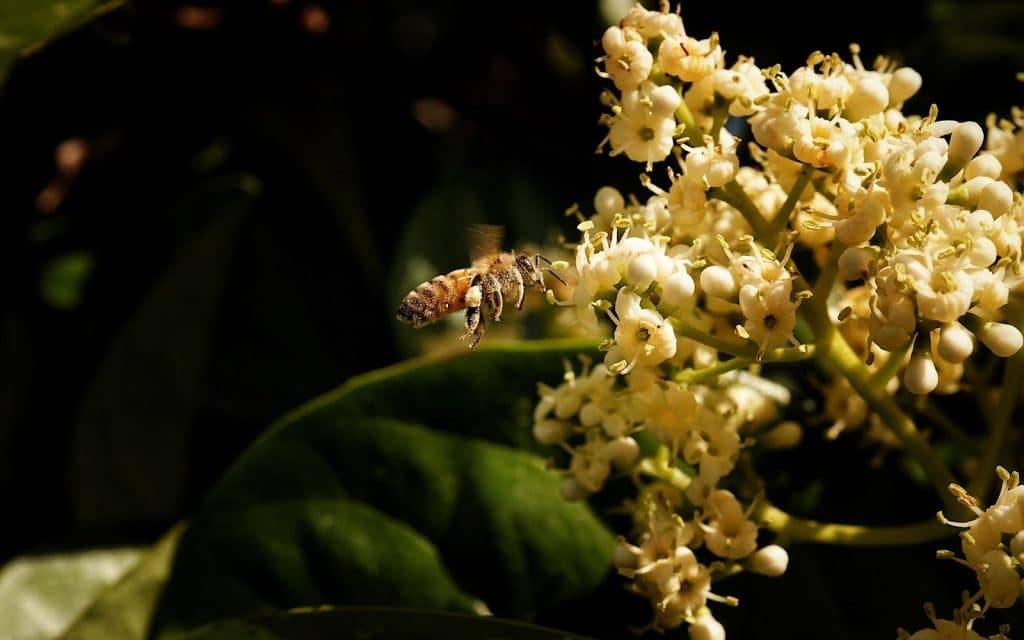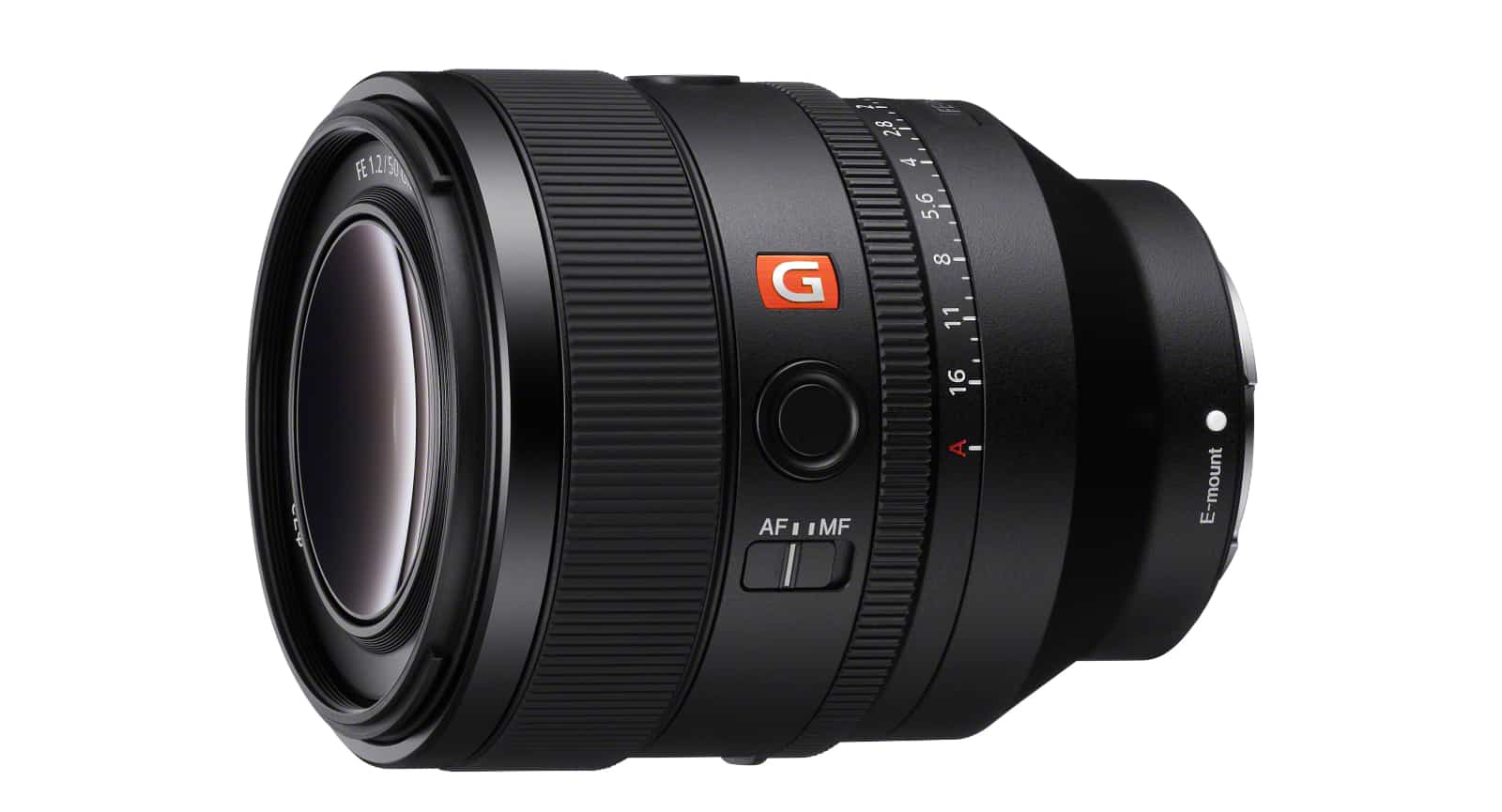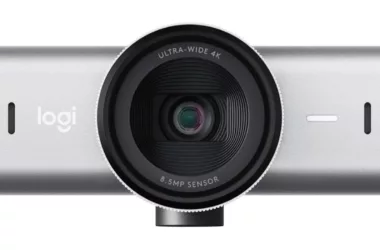Portrait. Prime. Macro. Telephoto. Kit. These words can feel a lot like jargon if you don’t know what you’re looking for, but if you have an idea of the sort of image you want to capture, they can mean the world.
Knowing how to hold a camera is just one part of owning and using one. After you’ve nailed that lesson, it’s time to find the right lens for the shots you want to take.
Regardless of whether you’re using a Canon, a Nikon, a Sony, a Fuji, a Panasonic, or any other brand, there’s a good chance you’re going to need a lens you like. Cameras with interchangeable lenses require them, as this is the part that allows the sensor to hone in on a subject and focus on it.
But lenses aren’t created equal, and while one lens can fill the need for many purposes, other lenses can be pretty specific.
So how do you know which lens to buy, or even what lenses do? It’s important to know how what you’re looking for, and the language associated with cameras, because there’s quite a bit and it can get confusing fast.
What’s the “focal length”?
First off, it’s important to know some of the lingo. Essentially, there’s the lens “focal length”, and that’s a phrase you’ll want to know.
Focal length is essentially the distance being represented by the lens between the camera sensor and the last element of the lens and how the lens curves. Lower numbers are wider, while larger numbers will get you closer, and the overall distance will be different based on the type of sensor your camera uses.
For instance, an 18mm is fairly wide for a full-frame camera, but if you have a camera with a smaller sensor, like an APS-C which uses a sensor half the size of full frame, that 18mm acts like a 27mm lens because the sensor uses the centre rectangle rather than the whole piece of glass, which itself is often 1.5 times the focal distance. We call that an “effective focal length”, because the sensor size changes the focal length of the lens because of what it can see.
This whole thing might seem like jargon, but it’s important to know because you’ll want to know how wide and close you want to go. Full-frame sensors gives you the full focal length, and smaller APS sensors give you the centre rectangle, multiplying the focal length by a certain amount (whatever the factor of the sensor is).
For instance, if you want wide shots that get the whole scene, you’ll often want a focal length of 18mm to 30mm. If you want a fish-eye version with extreme wide angles, you’ll want an even lower focal length number, ranging from 6mm to 12mm. And if you want to get close, you may want 100mm, 200mm, 300mm, or even 400mm. Maybe even closer.
If you have a full-frame camera, these will be the actual lengths, but if you have one that doesn’t say “full-frame” on the box or instructions (or any of the reviews), consider multiplying it by 1.3 or 1.5 to get an idea of what your camera thinks the “effective focal length” is.
Prime or zoom?
“Focal length” is just one of the words photographers use for lenses. Another is “prime”, while zoom is one you’ll probably already know.
Zoom is pretty obvious: a “zoom lens” is a lens that zooms between various focal lengths. Believe it or not, a “prime” is the opposite of that, offering just the one focal length.
Simply put, something like an 18-55mm is a zoom lens, because it gives you a range you can zoom between, in this case, 18mm through to 55mm. Whereas a prime lens of 18mm is stuck at only 18mm.
You might think the prime has a drawback, but each has positives and negatives, and both can be used to take some great photos.
Prime lenses typically offer better quality glass in the lens construction, making them ideal for people who know what they want: quality at a specific focal length. On the other hand, zoom lenses are more about versatility, allowing you far and close, or close and closer.
Deciding on whether you want a prime or a zoom often comes down to knowing what you want to capture, and understanding the aperture.
Why aperture matters
Yet more lingo, “aperture” is the number that sits next to a letter “F” on the lens. Also known as an F-stop, it’s the focal ratio to determine how wide open a lens is for letting in light. Essentially, it’s the reference for how open the aperture blades can operate on the inside of the lens.
The lower the number, the more light a lens can let in, but also the less depth a photo might have. The higher the number, the less light will come into the lens for a photo, but also the more depth you’ll find in the photo.
Photography is a balance between light, depth, and speed, and so aperture matters for working out the style of the image you’re trying to get.
If you’re after a shallow background in an image, you typically want to get a lens down to its lowest aperture, possibly around F1.8 or F1.4, or even lower. That lets in a lot of light giving you more to work with, but also blurs the background by limiting the depth, with each F-stop movement up gradually increasing the detail in a scene bit by bit.
If you want more detail in an image, you’ll want a higher aperture, such as F11 or F16, covering the plane in the foreground and the background. Every lens has a “sweet spot”, and it’s typically in the middle, such as F8.
Any lens can typically work with any shutterspeed in a camera, but a lens can only go down to specific apertures, which is what the “F” number means on a lens.
When you see the “F” number on a lens, it’s a guide to what the lowest number or number range that lens can drop to. For instance, a 50mm F1.4 means that the lowest aperture that 50mm lens can drop to is F1.4, but it can certainly be higher if needed. Meanwhile, an 18-55 F3.5-5.6 means that at 18mm, the lowest aperture the lens drops to is F3.5, and at 55mm, the lowest is F5.6, though these can both be higher if needed, as well.
Once you understand the length and aperture, it’s time to pick a lens and put some of this knowledge to use.
How to choose lenses
Picking a lens often comes down to knowing what you want to capture. People, birds, flowers, sports, or scenes of all kinds, typically if you have an idea of what you want to take photos of, you can narrow that lens search to something pretty specific.
Lenses for general use
Most photographers and camera owners will typically start with something called a “kit lens”, though it can also be called a “walkaround lens”. These are lenses made to cover a variety of subjects, and so typically cover a range of focal lengths.
It’s not unusual to find something covering the wide with 18mm to 50mm, and you might even get a little more range going from wide to closer in 24mm to 120mm. Apertures on these lenses won’t always be good, with the lowest often being F3.5, though more professional-grade options will typically drop back to F2.8, even if they may cost more for that privilege.
Lenses for general use are built for versatility, and mean you can rely on the one lens for much of what you intend to capture, be it photos of friends, family, landscapes, food, pets, or anything else.
Lenses for getting properly close
A different grade of lenses altogether, telephoto lenses are about letting you get close, and for a variety of reasons. Really any reason you want to get close is a reason to consider a telephoto lens.
Telephoto lenses typically start at the 70mm mark, and can be found either in zoom lenses, such as a 70mm to 200mm, or maybe a bigger range, such as 80mm to 400mm. However telephoto lenses can also be primes, meaning the lens is locked to that length.
Primes offer a typically better quality of glass and aperture in general, and that holds true regardless of focal length. When a prime is used as a telephoto, it merely means the length is locked to whatever length you’re talking about — say 200mm or 300mm, 600mm, or even a staggering 800mm — and you’re possibly getting a greater grade of glass and F-stop.
These are the sort of lenses you can expect to see at sports events, though, because they let the photographers get close from further back. However they’re not good for everything, and a telephoto lens may struggle with some shots, such as people at close ranges.
Lenses for taking pictures of people
Thinking of capturing a photo of a friend or family member, or even a candid of someone else?
Portraiture lenses can be any lens, though some stand out over others. Typically they’re fixed to focal lengths of 35mm, 50mm, and 85mm, and they may arrive with low apertures, too.
In many photography circles, 50mm and 85mm lenses are for standard portraiture and close-up portraiture, with these lenses often arriving with F1.4 and F1.8 apertures, the latter being the less expensive option. Lower apertures like these not only let more light in, which is important for portrait shots, but also blur the background, because capturing a person at F1.4 to F2.4 typically means the background will go all blurry as the low aperture lacks depth.
This look in known as the “portrait” look in phones, and it’s what that soft background image technique on phones is basically trying to recreate.
If you’re particularly far from a person you want to capture, say at a music concert or something like it, you may want to consider a telephoto lens to get you there, with a closer focal length of 200mm or 300mm getting you that look of being on the stage with them, and often keeping the depth of field shallow.
You can, of course, use any lens to take photos of people, but lenses specifically for portraiture typically do a better job than other lenses. However, you can even use a macro lens for portraiture, even though it will typically be better at something else.
Lenses for photos of flowers and bugs up close
A macro lens is a type of close-up lens that is very different in general because it has been made to let you capture detail. Typically a prime, a macro lens is often fixed to a specific focal length, such as 50mm, 90mm or 180mm, and is made to deliver the most detail, but also some extreme aperture control.
All that stuff we just mentioned about portrait imagery and apertures is important with a macro lens, because the depth of field can be very, very hard to work with when you get close with a macro lens.
Think of it as needing more control of your foreground and background here, because to get sharper images with a macro, you need to balance how shallow, deep, and sharp the image can be. The lower the aperture and the more shallow with more light, while the higher the aperture the deeper the clarity and with less light, with this decision coming back entirely to the photographer.
Macro lenses are typically made for those up-close details and might be a little more difficult to control, but the results they offer are genuinely interesting.
It’s a type of lens that begs you to bring the lens closer to the subject, with this changing how sharp an image you get and what sort of detail you capture, often being just as useful as the focus ring itself.
However there’s one area a macro light will struggle with: low light.
Lenses for low light pictures
Capturing images in low light typically requires one of those portrait lenses built to deliver with a low aperture.
It’s handy to remember that photography is balance of light, speed, and composition, and capturing in low light definitely requires the first two: light and speed.
To get shots in low light, you need a lens that gets in as much light as possible, and can operate quickly, snapping a shot while bringing in all the available light. And that means if you’re capturing without an abundance of light, you’ll typically want lenses with an F1.4 or F1.8 aperture. Depending on how rich your blood is, you might even venture to an F1.2 lens or below, but these are typically very, very expensive, and may set you back a little more than you had intended.
The lower the aperture number, the better that lens is likely to do when there’s a small amount of light, because the aperture blades can open up super wide, and let you harness what little light is being offered in the scene.
Lenses for extremely wide images
Finally, there’s a style of lens that lets you capture more of the scene, even if it does it at the risk of distorting people: wide lenses.
As we noted before, the focal length determines what style of short you’re going to get, and if you’re after fitting as much in the scene as possible, you want to consider a wide angle lens.
What constitutes a “wide angle” lens can vary both on your definition and on what sort of camera you have, but typically anything from 18mm to 30mm is considered “wide”, and anything before this, typically from 6mm to 16mm is considered “fisheye”.
Think of a fisheye lens as an extremely wide lens, because that’s exactly what it is. Named after how the curvature of the lens represents the a fish eye’s view, these are grades of wide angle lenses that distort heavily from the top to the bottom, and can sometimes be so wide they capture your hands in the shot, even if they’re holding the camera in the first place.
Working out a “kit”
When you’ve worked out what sort of lenses you want to use, you can work out your kit. Think of this as the lenses you want to use in the course of every day life and photography, because that’s what it is.
Your kit could be one lens that does everything, or several that do a multitude of things, and it doesn’t have to be built over one day or even a week. A kit can be built up over a period of years, and is based around the lenses you like and the lenses you’re comfortable with.
For this writer, his kit used to be something based almost entirely in primes, and mainly used three specific lenses: 30mm F1.4 for slightly wider and low-light portraits and candies, 90mm F2.8 macro for images close up, and a 300mm F2.8 lens for getting close.
He doesn’t use that as much now, and typically sticks to macros and wider lenses, but the message is still the same: once you know what you want to capture, finding the lenses to do that is fairly easy. Then it’s just a matter of acquiring them, and finding nice things to take photos of that you can be proud of.


